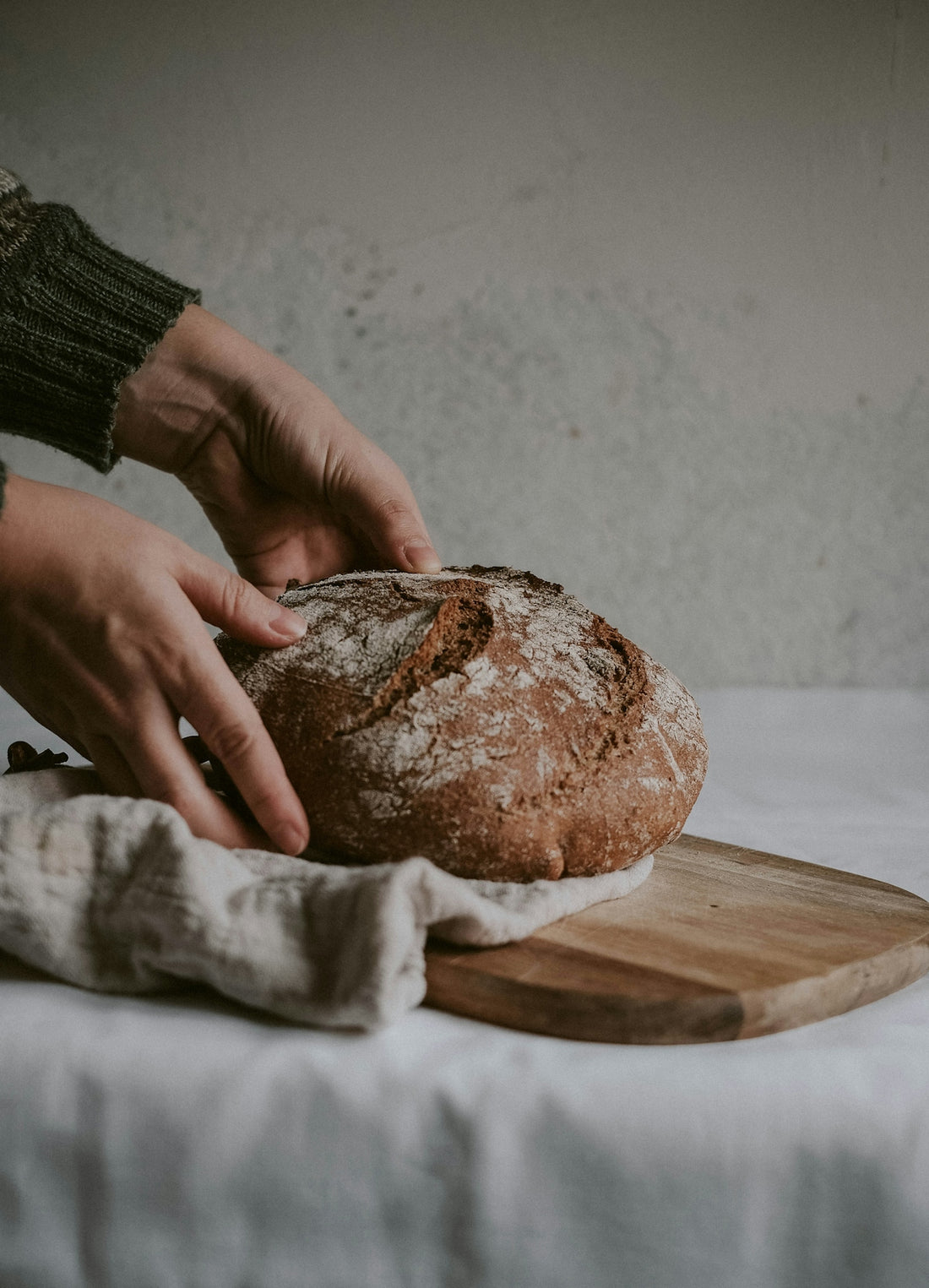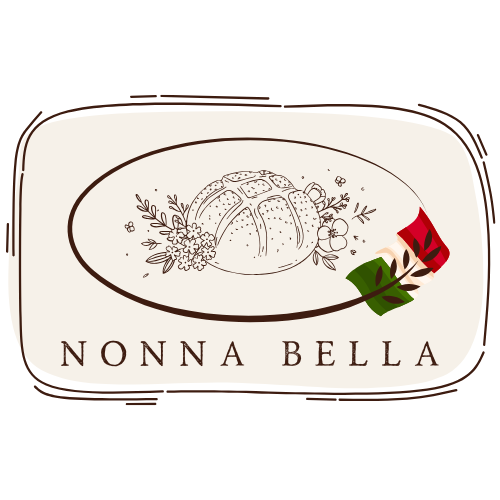
How to Feed Sourdough Starter: A Beginner's Guide to Feeding and Maintenance
Embarking on the sourdough journey is much like tending to a tiny, bubbling garden. You start with a simple mixture of flour and water, and with a little patience and care, you cultivate a living community of wild yeast and bacteria. This is your sourdough starter, the magical foundation for crafting everything from rustic loaves to Italian sourdough bread.
Whether you are a beginner with aspirations to master sourdough bread recipes or you're navigating the nuances of wild yeast fermentation, understanding the process of feeding and maintaining your starter is crucial. This guide will help demystify sourdough starter care, ensuring you're equipped to create delightful homemade sourdough and explore artisan bread baking like a pro.
Why a Sourdough Starter?
A sourdough starter is more than just a leavening agent; it's the heart of true sourdough baking. Unlike commercial yeast, a starter relies on the natural process of sourdough fermentation. The specific strains of wild yeast and lactobacilli in your starter contribute to the unique tangy flavor, open crumb structure, and nutritional benefits of sourdough bread. For those exploring options like sourdough for diabetics, the lower glycemic index of sourdough bread might be advantageous.
Sourdough Starter vs. Commercial Yeast
While commercial yeast offers consistency and speed, a sourdough starter provides more depth of flavor and digestibility. The wild yeast from a starter also helps in extending the shelf life of your bread, thanks to the organic acids produced during fermentation.
How to Feed Your Sourdough Starter
Feeding your sourdough starter is a routine you need to adopt much like watering a plant. This process involves providing your starter with fresh flour and water, thereby giving the yeast and bacteria the necessary nutrients to stay active and healthy.
Equipment You'll Need
- Sourdough Starter Jar – Consider a jar like the Professional Baking Tools 24 Oz Sourdough Starter Jar for storing your starter.
- Mixing Tools – A Danish Dough Whisk is great for integrating your starter with fresh flour and water.
Step-by-Step Feeding Guide
- Remove and Discard: Take out half of your starter. This keeps the yeast population in check and prevents overflow as you continue feeding.
- Add Fresh Flour and Water: Use equal parts of flour and water by weight (e.g., 100g of each) to the remaining starter.
- Mix Thoroughly: Use your Danish Dough Whisk to mix until smooth and fully integrated.
- Mark & Monitor: Mark the level of your starter in the jar after feeding. Monitoring its rise and fall will give insights into its activity level.
Feeding Schedule
- Room Temperature: If left at room temperature, feed your starter every 12 to 24 hours.
- Refrigerated Storage: For less frequent baking, store your starter in the fridge and feed at least once a week.
For more detailed guidance, explore Italian Sourdough, which provides insights into creating bread masterpieces with ease.
Storing Your Sourdough Starter
Knowing how to store your sourdough starter efficiently can be a game-changer, especially for home bakers not baking daily.
Refrigeration
Refrigerating your starter slows down fermentation. This is an optimal strategy if baking weekly. Always let it come to room temperature and feed before use.
Long-Term Storage
Consider dehydrating part of your starter for a travel-friendly backup. The Nonna Bella Dehydrated Sourdough Starter is an option carrying Tuscan heritage since the 1800s, reminiscent of the legacy starters kept in families for generations.
Sourdough Troubleshooting
Embracing sourdough's idiosyncrasies means occasionally facing its challenges. Let’s walk through common issues:
- Inactive Starter: If your starter is sluggish, try increasing the feeding frequency or using warmer water.
- Consistency Issues: A too-thick starter needs more water, while a runny starter may benefit from more flour.
- Mold Concerns: If you notice mold, discard that portion and any surrounding areas.
Creating with Sourdough Starter: Recipes and Beyond
Once you establish a robust starter, the realm of sourdough recipes opens widely. From traditional loaves, like easy sourdough bread, to creative takes like sourdough pizza dough or even sourdough bagels, your options are vast.
Understanding Fermentation and Flavor
The benefits of sourdough fermentation are not limited to taste and nutrition. Different flours, hydration levels, and fermentation times can dramatically alter the flavor profile of your bread.
Baking Essentials
- Dutch Oven: A 5.5 Quart Red Le Creuset Dutch Oven is perfect for creating steam and a robust crust.
- Bread Sling: Utilize a Reusable Silicone Bread Sling to protect your dough and aid in transferring to the oven.
Art of Sourdough Scoring and Shaping
Mastering how to shape sourdough bread and employing the best sourdough scoring techniques can elevate your loaves from everyday to extraordinary. This step requires practice and patience, much like cultivating your starter.
Achieving the Perfect Crust
A crispy sourdough crust is an art achieved through steam baking environments and proper dough scoring. Adjusting oven temperature and steam can make all the difference in texture and presentation.
Conclusion: Your Sourdough Life Begins
Caring for a sourdough starter might seem daunting initially, but it quickly becomes an integral, rewarding part of your baking routine. The process of feeding and maintenance is a small price for the reward of authentic, artisan sourdough bread.
Dive into the exciting world of sourdough and explore the intricate possibilities it offers. With each feeding, each bake, and each bite, you'll deepen your connection with the rich history and science of sourdough baking.
Embrace the journey with Italian Sourdough and share your creations, tips, and, of course, the deliciously tangy taste of your own slice of sourdough life.
